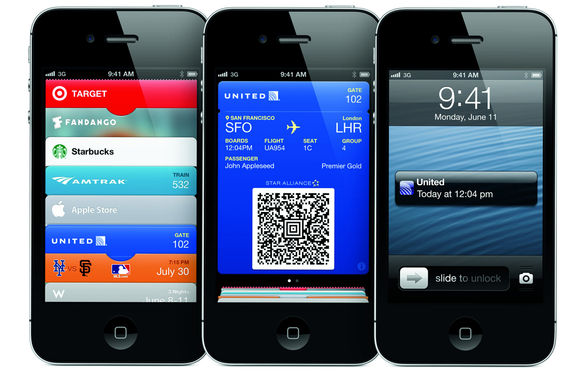Econsultancy recently covered an announcement by Dutch airline KLM that they generate 25 million euros per year off of their social media activity. This is a very significant amount of money to be made off of social media efforts. Although social media is very clearly an extraordinarily popular means of communicating with clients and potential customers, experts and the like are still measuring how exactly to determine ROI off of social media and social media marketing companies are still struggling to actually make money.
Still, a quick perusal of KLM’s social media and it’s not overly surprising that they’re finding ways to make money off of it. Take Twitter for example: browse their tweets and you’ll see numerous promotions, videos, and photos for people to interact with. Browse through their tweets and replies and you’ll see a plethora of responses. The company is consistently responding to people who inquire, even negatively, and in 11 languages.
Even more impressive, their Twitter profile cover photo is updated every 5 minutes and features the estimated response time. It’s like being at the DMV, except it doesn’t suck and they can only respond in 140 character or less.

KLM updates their Twitter photo every 5 minutes to update followers. Source: Econsultancy.
The company states that it learned how to effectively use its social media during times of trouble:
“Recounting the story of KLM’s social origins, Vogel-Meijer said that in 2010 the company learned a lesson by responding quickly when flights over Europe were banned due to the Icelandic ash cloud.
Previously the company had only been using social to push out standard marketing messages, however thousands of questions began pouring in on Facebook and Twitter as all other service channels were busy.
Faced with the dilemma of either responding to the queries or ignoring them all, KLM opted for the former.
It did so without waiting to form a proper strategy, but responded to the situation as it developed.
That was the start KLM’s social strategy and remains the basis of its success.”
Put simply, KLM sees success in its social media because it follows some of the most basic principles of social media that many companies consistently fail to follow:
- It doesn’t just advertise. Amongst advertisements are valuable promotions and cool content previously curated.
- They respond and engage. If you tweet KLM, they will tweet you back. Plus, they adapt to the person speaking to them and they sound human.
- They monitor their social channels. They soon began to find that many of their customers and social followers wanted forms of “social payments.” Now, you can pay online over Facebook and Twitter. And they claim to be making 80,000 euros a week doing it.
I guess it goes to show that if you properly engage your audience and make your company accessible and human online, profits can follow – especially if customers specifically ask to be able to pay over your social media channels, like KLM customers did.
 Follow
Follow

